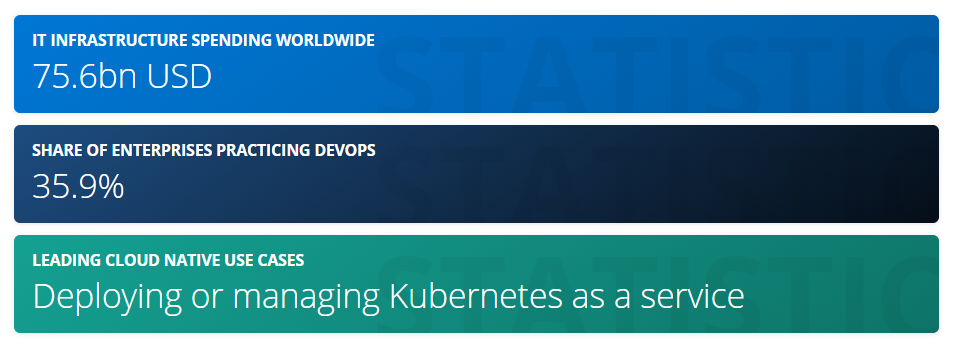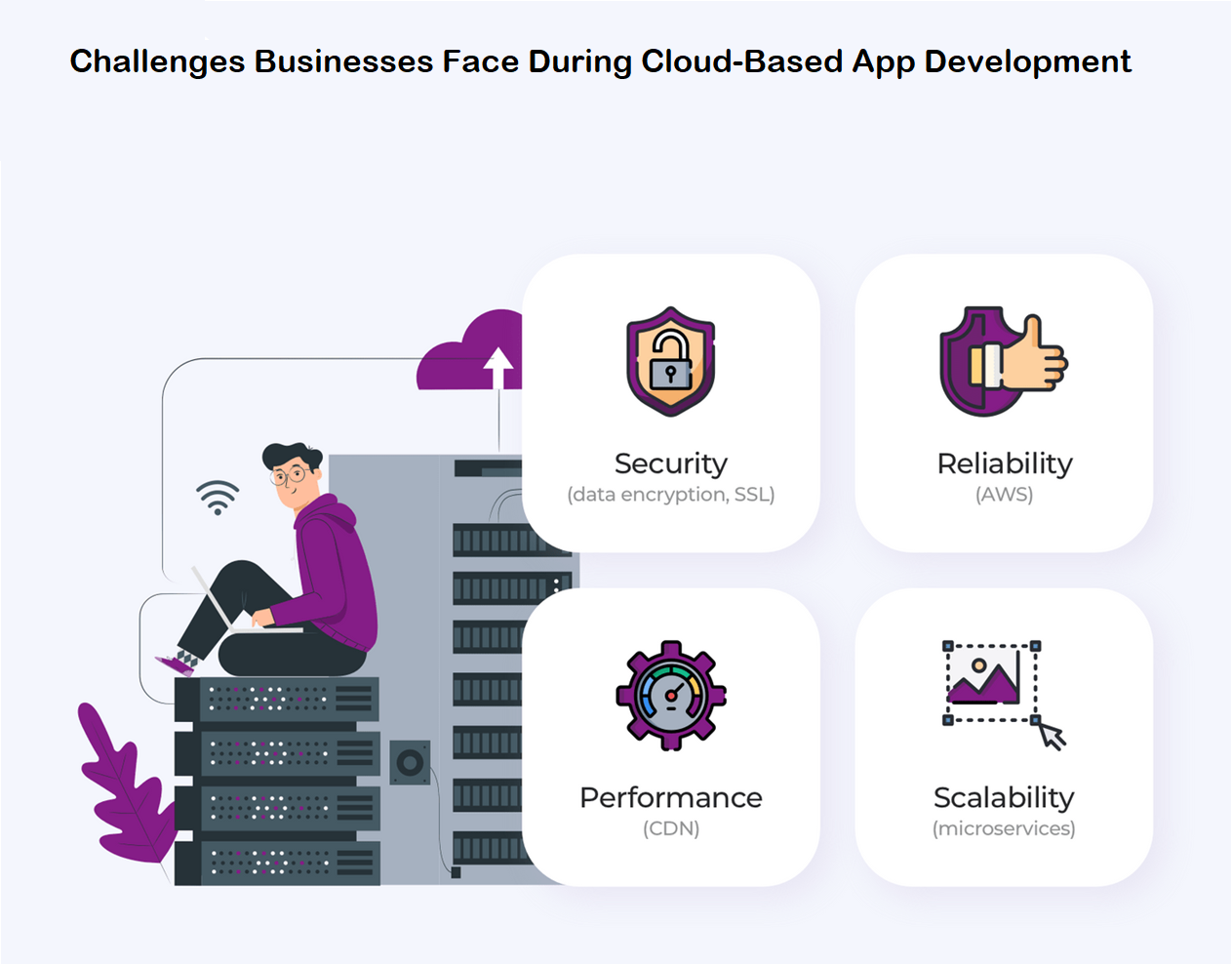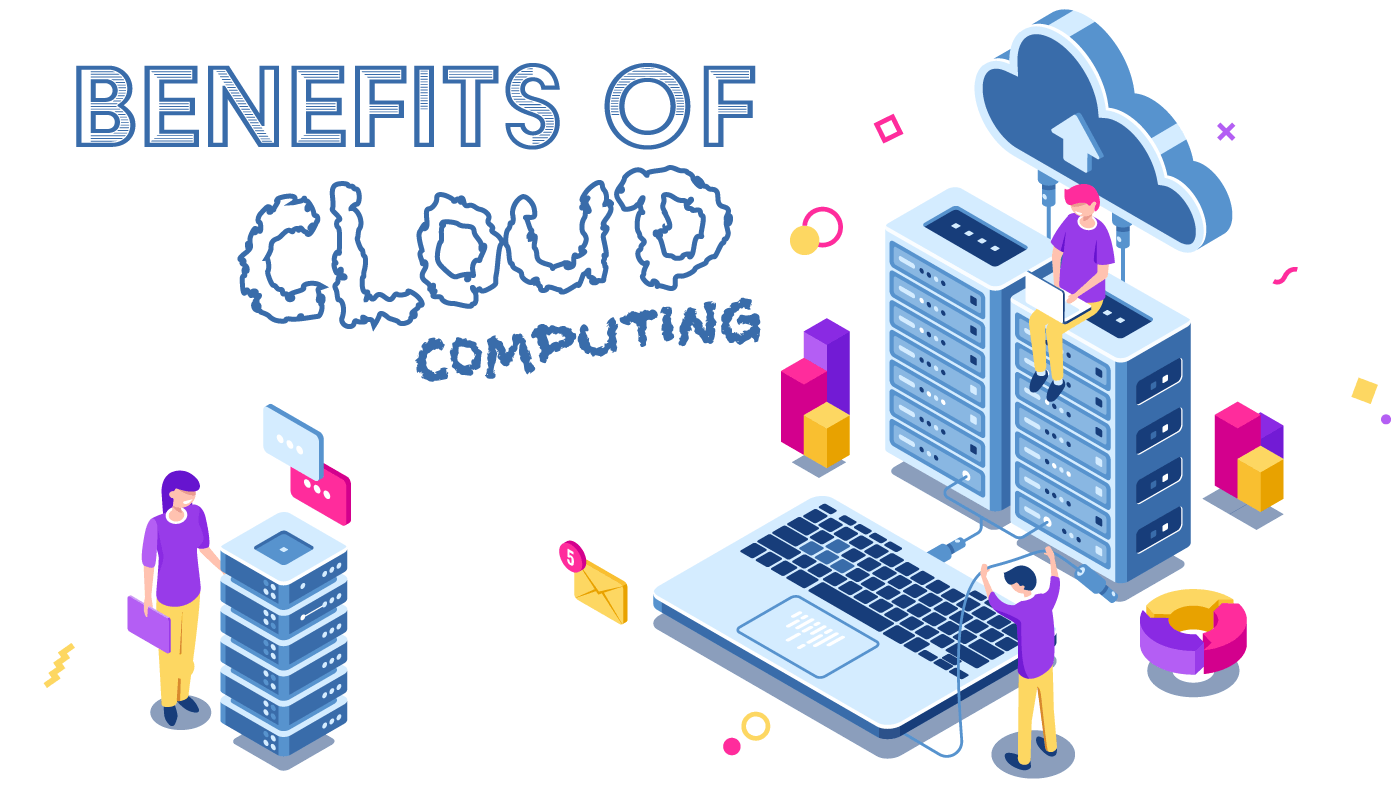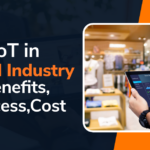As per the Cisco Reports, around 95% of computing processes will be cloud transitioning. The amazing features of cloud computing applications like productivity, scalability, and cost-effectiveness have made the cloud immensely popular today.
As a result, cloud-based app development is advancing at lightning speed in this fast-paced digital environment. To improve business accessibility and reactivity, businesses today are quickly migrating their work processes to the cloud.
Not only this, but cloud-native apps enable businesses to invest in low-code app development, which is a more cost-effective process than the rest.
As a result, more businesses are searching for the cost to hire dedicated software developers to get an idea of the budget to build cloud-based applications.
So, if you are also a business owner and planning cloud-native app development, read this blog once. It will guide you through everything about developing cloud computing applications in 2022. Then, let’s begin the process.
Table of Contents
Cloud Computing App Development Current Market Growth & Statistics

● Statista reports state that cloud computing will generate around $300 billion in revenue by the end of 2022.
● The Cloud application development services industry will reach $168 billion worldwide by 2024.
● Cloud-based apps generated around $400 billion in revenue in 2021, and the numbers will not stop anytime soon.
● By the end of this year, i.e., 2022, the market for SaaS, PaaS, and IaaS is estimated to reach $172 billion, $101 billion, and $122 billion, respectively.
● Today, around 80% of enterprises have Amazon Web Services (AWS) as the primary cloud platform, and 75% of organizations have at least one app in the cloud.

These current market stats reflect cloud-based applications’ success story and growth in the coming time. However, simply switching to a cloud computing application doesn’t earn you success.
To get the most out of your business mobile application, you must consider several aspects, as mentioned in this blog.
What Are Cloud Computing Applications?
Cloud computing is an IT service that enables organizations to manage their databases, applications, servers, and resources without maintaining the infrastructure.
With application development for cloud computing, businesses can use an access-based paradigm to operate their application via third-party servers. As a result, it will not only help organizations manage a large pool of mobile app servers and databases but also protect the information from theft and increase data access flexibility.

Some of the major characteristics that make cloud computing application development popular are –
● Automation
● Better network access
● Easy maintenance
● Availability & Resilience
● Resources Pooling
● Reporting service
● Scalability
● Security
● Self-service
Different Types of Cloud-based Solutions Available for Businesses
Cloud-computing technologies comprise different services and resources, including databases, storage, and data servers which third parties further manage. Overall, there are four different types of cloud deployment available for businesses.
 1. Private Cloud
1. Private Cloud
This cloud acts as a private web system having secure space for cloud applications, data, and the web. Enterprises that don’t have any public access utilize private cloud services.
2. Public Cloud
Only an authorized device accesses the information stored in a public cloud. This cloud computing app development service offers flexibility and optimal price with data processing.
3. Hybrid Cloud
Hybrid cloud-based apps come under both private and public clouds. Businesses can divide the information or data between third-party applications and on-device services. Understanding the intricacies of a hybrid cloud environment is crucial for businesses seeking agility and efficiency. While deploying hybrid setups, one of the key challenges lies in effectively monitoring hybrid cloud environment. This not only involves keeping track of performance across diverse environments but also maintaining security and compliance standards.
4. Community Cloud
The cloud deployment procedure for community cloud is similar to private cloud except for the data sharing process, i.e., the data is shared among two organizations.
These are the four different types of cloud computing application deployment solutions as per different application services. Besides this, there are three major cloud-based app development solutions available.

● SaaS (Software-as-a-service): SaaS is used for creating cloud apps using mobile apps and web browsers.
● PaaS (Platform-as-a-service): PaaS allows enterprises to rent all the services and resources required for app development, relying on cloud providers.
● IaaS (Information-as-a-service): Using IaaS, cloud service providers manage overall business infrastructure, including server, network, visualization, and storage.
How to Develop Cloud Computing Applications?
With the ever-rising demand for cloud computing app development, businesses are shifting toward cloud-based apps. As a result, businesses often wonder, ‘How to develop cloud computing apps?’ If you also belong to the same category, here is the step-by-step procedure to develop cloud-native apps and other types of cloud applications.

#Step 1 – Conduct Market Research & Do Competitor Analysis
Knowing the current market trends and competitors is a mandatory step in all types of mobile app development processes, including cloud-based apps. Businesses must be well-versed with the applications that are best suitable for the cloud computing app development process. Therefore, only in-depth market research can assist businesses in incorporating the most valuable and result-driven features & functionalities into their cloud application.
So, before beginning the app development process, businesses must conduct proper market research and do competitor analysis in detail.
#Step 2 – Incorporate the Best Application Architecture & Features
After gathering all the essential data from market research and competitor analysis, businesses must consider the best features and architecture for a cloud application. Besides this, businesses should also take care of the technology stack for their cloud computing apps, resulting in improved application efficiency.
Now, you might be wondering about the latest tech stack for your cloud application. Right? Refer to the table below.
| Tech Stack of Cloud Computing App Development | |
| Frontend | React.js |
| Cloud Provider | Amazon Web Services. Microsoft Azure, Google Cloud |
| Architecture | Docker Microservice Architecture |
| Database | Amazon DynamoDB/ Amazon RDS, and PostgreSQL |
| Cloud Storage | Amazon S3 |
| CDN | Amazon Cloudfront CDN |
| Caching System | AWS ElastiCache |
| Backend | Python frameworks like Django, Flask, and languages like Java, Node.js |
#Step 3 – Choose Effective App Monetization Models
Once you successfully decide on the application’s features, functionalities, and tech stack, think of effective app monetization models to make your cloud-based application result-driven. The three most common monetization models are – Freemium, Subscription, and Paid Advertisements.
Besides this, you can think of something new that grabs users’ attention keeps them engaged, and sticks to your cloud computing application.
#Step 4 – Create A MVP
An MVP or Minimum Viable Product is a crucial part of the app development industry as it lowers overall development costs, including SaaS application development and more. With an application’s MVP, businesses can get an idea of how their cloud application will appear and get the desired feedback before actually launching the final cloud-based app.
In case of any inconvenience or fault, businesses can easily resolve them and launch an error-free and successful business application.
#Step 5 – Follow Agile Cloud App Development Methodology
Once you create a proper MVP, you can begin working on the app development process. However, you must choose an agile methodology to develop a cloud computing app. For instance, different methodologies are available such as Scrum methodology, Waterfall technique, etc.
If you don’t know which methodology is right, it is better to avail cloud computing consulting services from professionals. The experts will help you create a perfect application following the right methodology.
#Step 6 – Begin Cloud App Development & Testing
Finally, when you complete all the steps mentioned above, it is time to begin the cloud computing app development process. Either you should have a team of in-house professionals or hire dedicated developers from a reputed firm. The professionals will help you craft a perfect cloud app for your business.
Once you successfully complete the app development process, test the cloud application to eliminate all the errors and bugs before the final launch. Conducting proper testing is a must to ensure the application’s success in the long term. So, make sure whether you avail of cloud computing services or any other, they must have dedicated testers.
#Step 7 – Cloud Based App Launching & Maintenance
Finally, it is time to launch the application when the application is successfully developed and tested. But, wait! Your job doesn’t end here. Proper app maintenance and support are essential to ensure the application’s long-term success. It will also keep the users happy with the application and, in turn, results in improved business growth and success.
So, this is a seven-step process for developing cloud computing applications that businesses should consider while working on app development. Every step mentioned above holds great importance, so do not miss any of the steps. For better results, you can also hire an application developers possessing years of expertise and knowledge. Always remember that every business opportunity comes with its own challenges, so be ready to face them.
3 Major Challenges Businesses Face During Cloud-Based App Development
Cloud-based app development is undoubtedly a challenging task, and hence businesses encounter myriad tech challenges. As a business owner, you must also be well-versed with the upcoming business challenges you might encounter while developing cloud computing applications. Want to know what those challenges are? Continue reading!

1. Business Security
Cloud-based applications store a large pool of private information, ensuring business safety and security. However, cloud app development businesses are somewhat prone to cloud security risks. To overcome it, businesses must ensure to use SSL protocols and different types of encryptions, including DES (Data Encryption Standard), AES (Advanced Encryption Standard), and 3DES (Triple Data Encryption Standard).
Incorporating the right safety protocols help businesses remain assured of better business security and, in turn, results in improved application profit and success in no time.
2. Application Performance
A well-developed application with poor performance can never fetch the customers’ attention. Right? It is one of the major challenges that every businessman encounters, whether they opt for custom software development or any other.
To overcome such challenges, it is advisable to use content delivery networks (CDN) to speed up content distribution which is used in cloud app infrastructure. Businesses should research it to guarantee better application performance.
3. Reliability
AWS services are one of the most reliable cloud frameworks, so businesses can choose it while creating cloud computing applications or cloud-native apps.
Sometimes, businesses fail to choose a reliable cloud framework, so their applications do not perform up to the mark and possess security issues.
That’s why cloud application development services always suggest analyzing the cloud vendor’s security and ensuring it matches the business requirements well.
Businesses might encounter these three major challenges during cloud-based app development. We hope now you have an idea of the right ways to overcome such challenges and take your business to the heights of success.
A perfectly developed cloud computing application has unlimited business benefits that you might be unaware of. So, take a look at the succeeding section.
Benefits of Cloud Computing Application Development for Businesses
In today’s era, the cloud application is beneficial since most data storage exists on remote servers. It offers a wide range of business benefits.

● Data Coherence
Cloud-based applications allow businesses to access the entire data in one place and in the same format. All the updates made are accessible for everyone while maintaining data coherence. When you use cloud-based services, your business will never suffer from poor data quality or inconsistent reporting.
● Cost Reduction
Fund distribution is a major concern for all-scale businesses. To resolve this, cloud application comes as a saviour. While deploying cloud-based applications, businesses will get quick access to all the required data and resources needed to launch an app. So, businesses don’t have to pay additional cloud computing app development costs and can get the work done within less budget.
● High Scalability
Local business solutions are developed to manage a specific number of commands. However, the cloud-based app development will offer the required business scalability soon while efficiently adjusting the current business condition and needs.
How Much Does It Cost to Develop Cloud-Based Applications?
Different cloud-based apps have different costs associated with them. For instance, SaaS application development costs anywhere from $500 to $500,000.
At the same time, a typical cloud computing app can cost up to $15,000, depending on the project. Businesses will have to spend around $25,000 to $50,000 and more on medium-sized cloud applications.
It is just an idea of the cost to develop a cloud application. The prices will vary depending on the application and other factors, as discussed below.
Factors affecting cloud app development costs are –
● App design
● Features & functionalities
● Tech stack
● Location of a development team
● Project size and complexity
● Timeframe
Final Thoughts!
Cloud computing application development has become the buzzword of today’s time and, if done correctly, will ensure improved business success and profit.
Businesses planning to develop cloud-based apps will surely benefit from this guide. If still, you find difficulty while creating cloud applications, contact the professionals of Dev Technosys.
Being a leading cloud application development services provider, we can help you craft result-driven business applications. Drop your project requirements now.

























